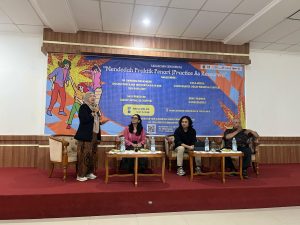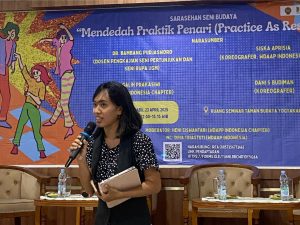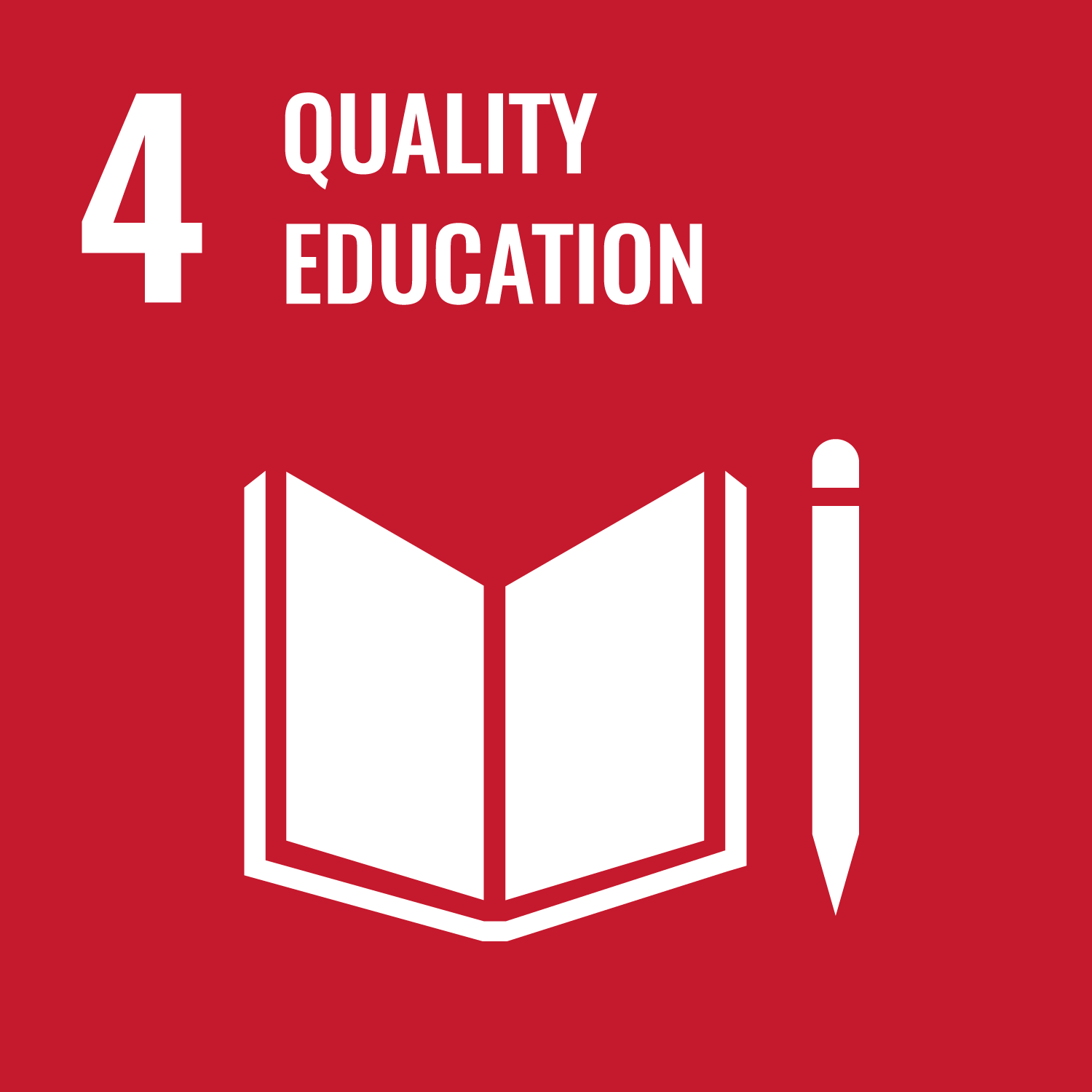
On April 23, 2025, an engaging academic discussion was held by Taman Budaya Yogyakarta, titled “Unpacking the Dancer’s Body (Practice as Research/PaR)”. The event featured several notable speakers, including Dr. Bambang Pujasworo, a faculty member of the Graduate Program in Performing Arts and Visual Arts Studies (PSPSR) UGM, Galih Prakasiwi, M.A., an alumnus of PSPSR UGM who served as the main discussant, and Heni Siswantari, S.Pd., M.A., a Ph.D. candidate at PSPSR UGM, who acted as the moderator.
The discussion lasted approximately 2.5 hours and was attended by 70 participants. In his opening remarks, Galih emphasized that Practice as Research (PaR) began to gain traction in the 1990s, positioning artistic practice as a primary method for generating knowledge. This paradigm shift recognizes the creative process itself as a legitimate and systematic form of research.
Dr. Bambang, often referred to as Pak Bambang, elaborated that the body’s lived experience serves as a resource not merely through practice, but through praxis—a conscious, reflective engagement. Consequently, not all dance practices can be categorized as research. He highlighted that PaR is a creative act that synthesizes theoretical awareness and critical reflection, enabling the production of new knowledge.
In conclusion, the moderator summarized that by placing artistic practice at the core of the research process, PaR offers artists a pathway to contribute to scholarly knowledge production through their creative work.
This dialogue sparked critical reflection among speakers and participants from diverse academic backgrounds. Art was discussed not only as the product of creativity, but also as a methodological process of knowledge discovery. One participant from the Center for Religious and Cross-cultural Studies (CRCS) UGM noted that while PaR is still relatively underdeveloped in Indonesia, it holds great potential for future academic development.
Such an approach aligns closely with PSPSR’s interdisciplinary character, which views art not merely as an object of study, but also as a subject of inquiry. The scientific engagement with creative work through PaR represents one of the central methodological discourses frequently promoted and discussed within PSPSR. The event reflects a commitment to the Sustainable Development Goals (SDGs), particularly in promoting quality education and fostering cross-disciplinary partnerships in knowledge production. (HS)




